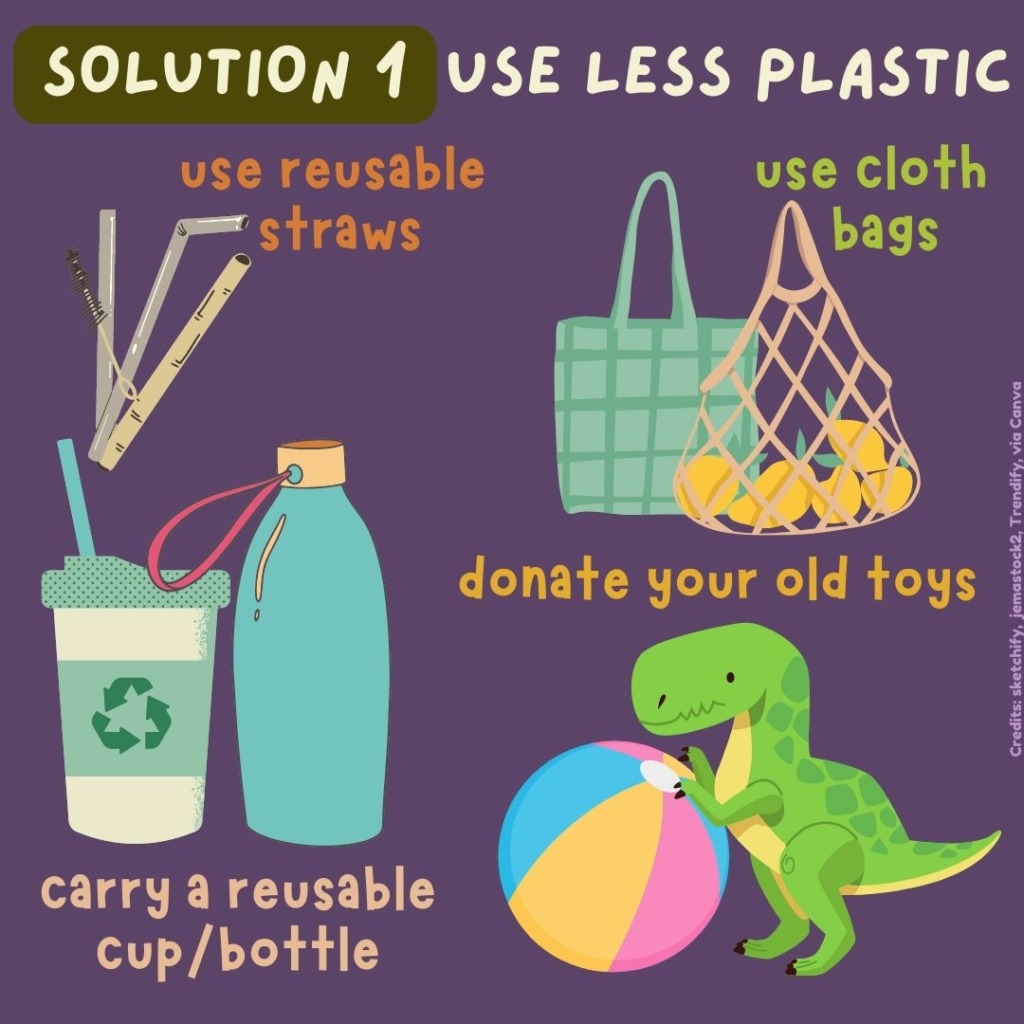Articles and Trivia
Write an articleThe Plastic Problem: Can We Really Eliminate It?

Plastic, once hailed as a revolutionary invention, is now one of the most pressing environmental challenges of our time. From packaging and electronics to textiles and automobiles, plastic is everywhere. But its convenience comes at a significant cost — pollution, health hazards, and environmental degradation. This raises an urgent question: Can we really eliminate plastic?
The Scale of the Problem
Globally, over 300 million tons of plastic are produced every year, and a large portion of it is designed for single-use. Unfortunately, only about 9% of plastic ever produced has been recycled. The rest ends up in landfills, oceans, and natural ecosystems, where it takes hundreds of years to decompose. Microplastics have even been found in the air we breathe, the water we drink, and the food we eat.
Why Is Plastic So Hard to Eliminate?
Plastic is cheap, durable, and extremely versatile — making it hard to replace in many industries. Alternatives like glass, metal, or biodegradable materials often come with higher costs or limited usability. Moreover, the infrastructure for recycling is often inadequate or inefficient, especially in developing countries.
Steps Toward a Solution
-
Reduce Single-Use Plastics: Bans and restrictions on items like plastic bags, straws, and cutlery are gaining momentum worldwide. These steps are important in reducing unnecessary waste.
-
Innovate Alternatives: Bioplastics, made from plant-based materials, and other sustainable packaging options are emerging. However, they must be scalable and truly biodegradable to make a lasting impact.
-
Improve Recycling Systems: Investing in advanced recycling technologies and establishing better waste segregation systems can significantly increase the amount of plastic being reused.
-
Corporate Responsibility: Major brands are beginning to redesign packaging and adopt circular economy principles, which focus on reuse and recycling rather than disposal.
-
Public Awareness: Educating consumers about responsible usage, proper disposal, and alternatives is key to changing behavior at the grassroots level.
Can We Eliminate Plastic Completely?
In truth, eliminating plastic entirely may not be realistic in the near future. However, what we can do is drastically reduce our dependence on it, especially on single-use plastic. The goal should be to transition to a sustainable model where plastic use is minimized, recycled efficiently, and alternatives are promoted wherever feasible.
Conclusion
The plastic problem is complex and deeply rooted in modern life. While a complete elimination may not be immediately possible, collective global efforts from individuals, industries, and governments can significantly reduce its impact. The future lies not in completely eradicating plastic, but in innovating, regulating, and educating our way toward smarter, sustainable use.


